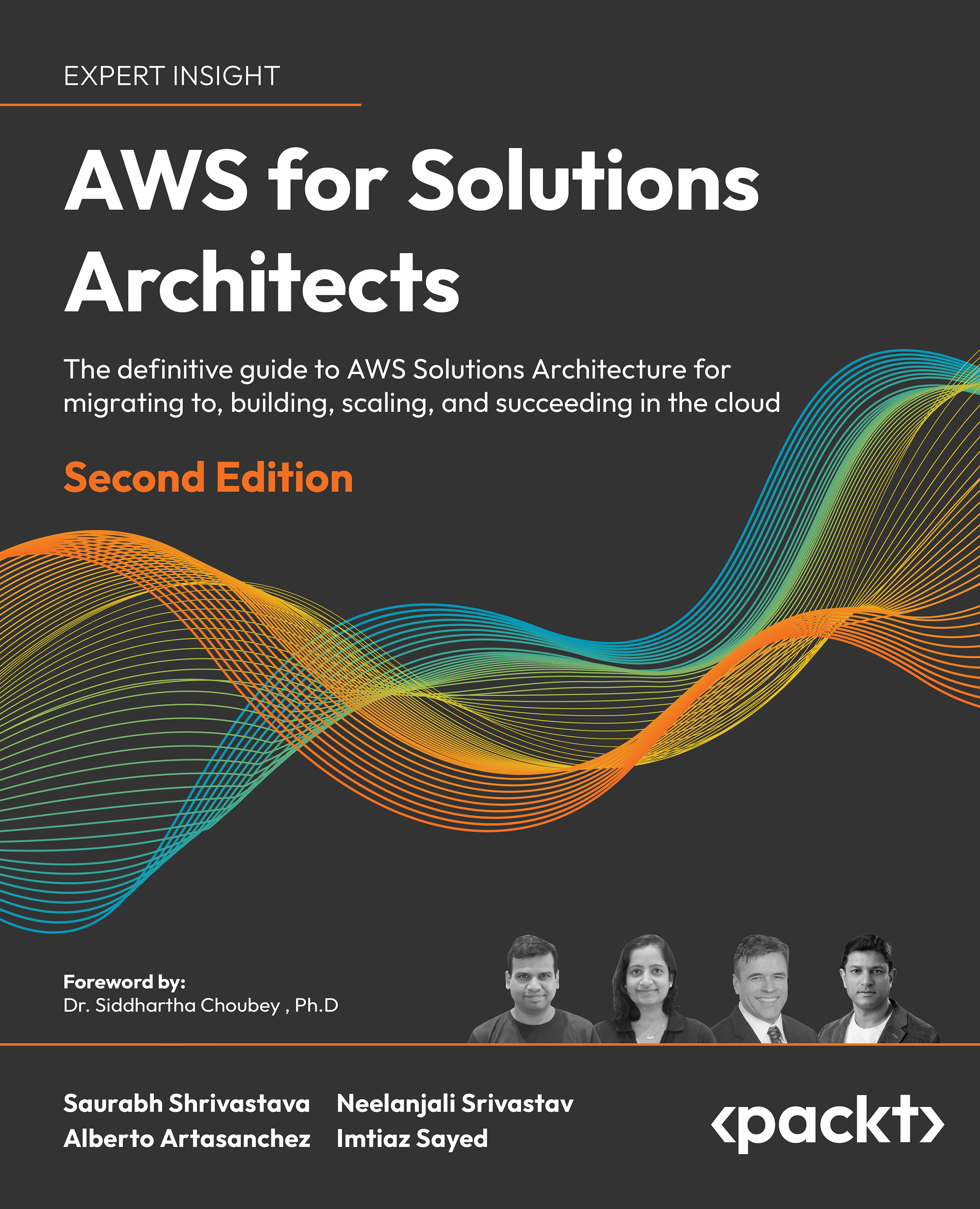Computer network components
Obviously, when talking about computer networks it is essential to mention components of a computer network, because computer networks are ultimately composed of their constituent components. Usually, computers and peripheral devices are just some of the computer network components known to most people; however, there are also intermediary devices and network media.
Knowing that the primary purpose of the computer networks has to do with sharing resources, it is very important to understand the process of how the resources are both shared and accessed. Here comes into play the concept of the client and the server, where the client is the one that always requests resources, and the server is the one that provides the requested resources. To better understand clients and servers, as well as the concept of requesting and providing resources, the following sections explain the network components.
Now, going back to the concepts of requesting a resource and providing a resource, actually, that is what is shaping the definition of clients and servers in the computer network. Clients, in most cases, are computers that request the resources in a computer network. Clients have an active role in the computer network (see Figure 1.11).
Furthermore, servers are network components that provide resources to clients.Servers too have an active role. The following figure, Figure 1.1, presents the server with ashared printer in the role of the resource provider, and the PC and laptop in the role of resourcerequesters.
When talking about hosts and nodes, although their first impression might drive us towards thinking that they are the same thing, in fact they are not! The difference between hosts and nodes is that, while all hosts can be nodes, not every node can act as ahost. That way, to every host there is an assigned IP address.So, a host is any device with an IP address that requests or provides networking resources to any other host or nodeon the network; however, there are devices such as hubs, bridges, switches, modems, and access points that have no IP address assigned, but are still used for communications. That said, a node is any device that can generate, receive, and transmit the networking resources on the computer network but has no interface with an IP address. Based on that, in Figure 1.1, server, smartphone, PC, and laptop are hosts, while switch and Access Point (AP) act as nodes.
A network interface is a component-like network card or LAN port on network equipment that enables clients, servers, peripheral devices, and network equipment to get connected and communicate with each other. The network interface has both a passive and an active (manageable network equipment) role in the computer network (see Figure 1.12):
Figure 1.12. Network interface card (NIC)
Peripheral devices are printers, scanners, storage area networks (SANs), and any other peripheral device that provides resources to clients, either through a LAN or as a shared device on a network. These devices play both a passive and an active (like SAN and NAS) role in the computer network:
Figure 1.13. Storage area network (SAN)
Applications and shared data
Applications and shared data are virtual network components that represent applications and files shared on the network that are usually provided by servers. These components themselves play a passive role in the computer network, but the server that hosts these services plays an active role in the computer network.
Hubs and switches are acting as central components (in Ethernet communication technology) of the computer network to enable interconnection and communication between clients, servers, and peripheral devices, as in Figure 1.14 . Most hubs are passive devices, while switches play an active role in the computer network:
Figure 1.14. Stack of Cisco switches
Routers (see Figure 1.15) are computer network components that enable routing of the data (that is, packets) from a LAN to the internet, and vice versa. Routers have an active role in the computer network:
Figure 1.15. Stack of Cisco routers
 United States
United States
 Great Britain
Great Britain
 India
India
 Germany
Germany
 France
France
 Canada
Canada
 Russia
Russia
 Spain
Spain
 Brazil
Brazil
 Australia
Australia
 South Africa
South Africa
 Thailand
Thailand
 Ukraine
Ukraine
 Switzerland
Switzerland
 Slovakia
Slovakia
 Luxembourg
Luxembourg
 Hungary
Hungary
 Romania
Romania
 Denmark
Denmark
 Ireland
Ireland
 Estonia
Estonia
 Belgium
Belgium
 Italy
Italy
 Finland
Finland
 Cyprus
Cyprus
 Lithuania
Lithuania
 Latvia
Latvia
 Malta
Malta
 Netherlands
Netherlands
 Portugal
Portugal
 Slovenia
Slovenia
 Sweden
Sweden
 Argentina
Argentina
 Colombia
Colombia
 Ecuador
Ecuador
 Indonesia
Indonesia
 Mexico
Mexico
 New Zealand
New Zealand
 Norway
Norway
 South Korea
South Korea
 Taiwan
Taiwan
 Turkey
Turkey
 Czechia
Czechia
 Austria
Austria
 Greece
Greece
 Isle of Man
Isle of Man
 Bulgaria
Bulgaria
 Japan
Japan
 Philippines
Philippines
 Poland
Poland
 Singapore
Singapore
 Egypt
Egypt
 Chile
Chile
 Malaysia
Malaysia

















